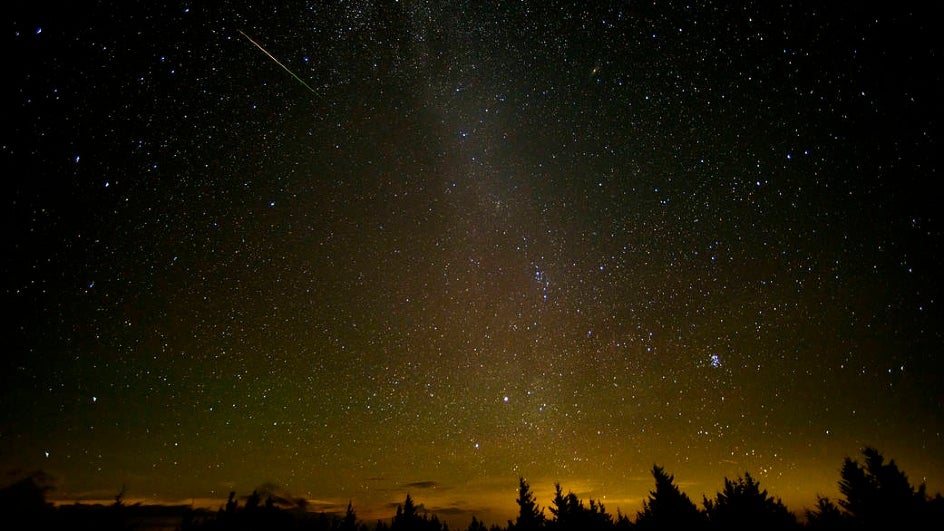[ad_1]

Get fit, read more books, date more people… pfft; we’ve tried all these resolutions before. This new year, why not give astrophotography a go? It’s absolutely niche; you get great pictures for the ‘gram — and better yet, you have an excuse for pulling those otherwise unjustifiable late nights that have been carving themselves a quaint tiny home under your eyes.
But if you need that extra push to turn this newfound curiosity into commitment, January has your back! With one of the year’s most impressive meteor showers in store right out of the gate, this presents the perfect opportunity to dip your feet (and cameras) into ravishing skywatching waters.
Keep reading to find out what glamorous cosmic events you can witness this January.
January 3, 4: Quadrantids Meteor Shower Peaks
While the rest of the world might be exercising their quads in the gym, you could spend early January working on a different type of Quads. The Quadrantids will be the first meteor shower to grace the skies this year, and there aren’t many meteor showers with as much character as this one!
For starters, the comet that these originate from is most likely dead, meaning you’ll be looking at the spectacular persevering remnants of something that once was. And at an average of 80 meteors an hour with longer tails than usual, you’d be severely amiss not to buy tickets to this extremely exclusive event (considering the shower’s peak will only last for a few hours between Tuesday night to Wednesday morning).
Know more about the Quadrantids here!
January 6: The ‘Wolf Micromoon’ Full Moon
After the Quads, the Moon will present its first speech of the year in full form on this day. However, since the Moon will also be at the farthest point in its orbit around Earth, it will appear more petite and dimmer than usual. Speak up; we can’t hear you from so far away!
January’s Moon is also called the Wold Micromoon, named after the wolves that turn active in the early parts of the year.
January 22: Super New Moon
Perhaps in the embarrassment of the fact that no one could hear its speech, the Moon will briefly disappear into the night sky on this day. In India, this will take place around 2:23 AM, so if you want to prank your sleepy and dazed friends by explaining how the Moon just exploded, set your alarms!
A Super New Moon occurs when the Moon is at its closest orbital approach to the Earth, resulting in this rare event.
January 22: Conjunction of Venus and Saturn
Venus and Saturn will be the first planets to greet each other this New Year. At their closest approach, they will only appear separated by 0.34° in the sky. Good to see some semblance of COVID protocol amid its recent resurgence.
January 23-30: Mercury at its Morning Peak
Let’s face it — a telescope might not be accessible to everybody. However, if you are determined to spot a reclusive planet with your naked eye, watch out for Mercury. The tiny planet will be somewhat visible near the southwestern horizon predawn between the 23rd and 30th of this month.
January 31: M44 Star Cluster
And finally, wrapping up this month’s skywatching show is the Messier 44 star cluster. This mesmerising group of stars will be visible to all viewers within the relatively dim Cancer constellation, making it look like a blotch of light in the night sky where the group of stars are having a nice cosy campfire.
**
For weather, science, space, and COVID-19 updates on the go, download The Weather Channel App (on Android and iOS store). It’s free!
[ad_2]
